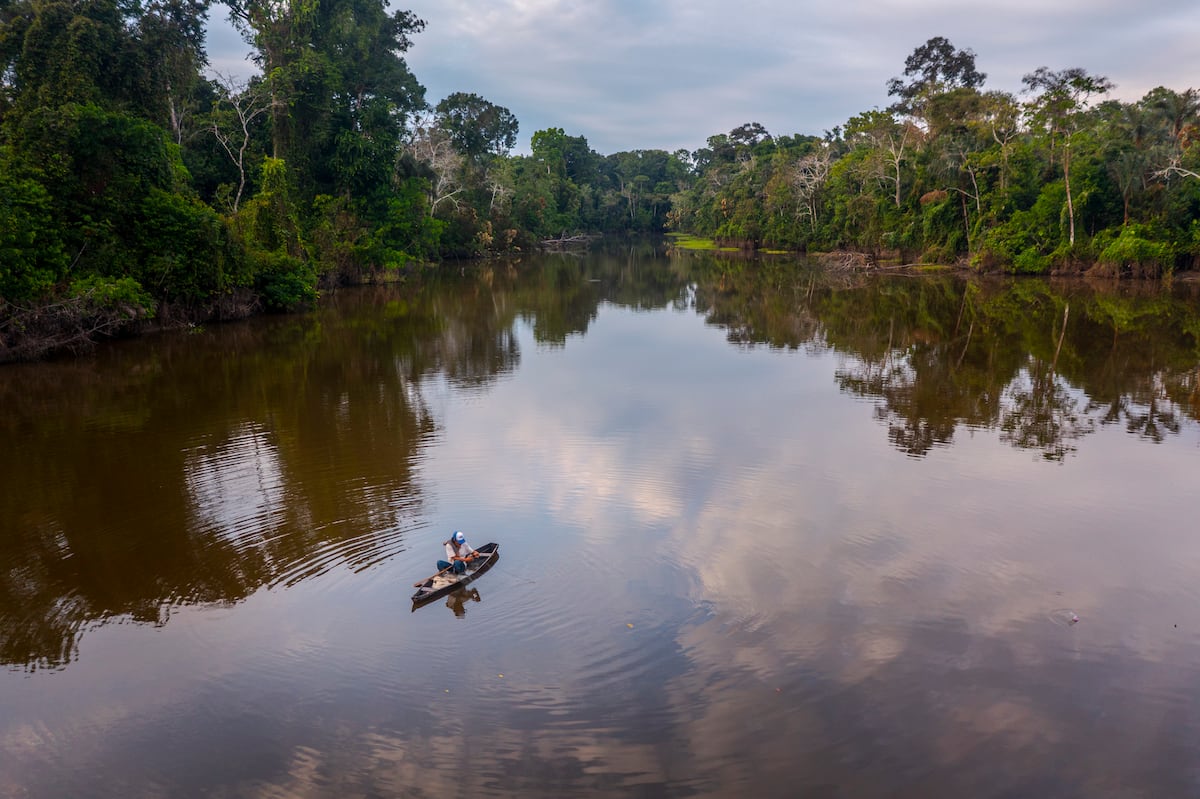
"It's no surprise that the Amazon region is poisoned by mercury. In the region that's fighting to remain humanity's greatest asset against climate change, there are at least 2,312 sites and 245 areas where illegal mineral extraction takes place. This according to data from the Amazon Network of Georeferenced Socio-Environmental Information (RAISG). From these sites, we know that mercury is being released into the environment. And, from that point, it begins a long journey."
"Mercury is very volatile; its dynamics are broader than people think, says Esperanza Leal Gomez, director of the FZS in the South American country. After taking a look at more than 1,200 samples of fish from 2023 until February 2025 which were collected by members of the Mocagua, El Itilla and La Victoria Indigenous reservations the organization found that between 10% and 28% of the species analyzed had mercury concentrations above World Health Organization (WHO) recommendations."
"The Itilla River, for example, is located in the municipality of Calamar, in the southern-central department of Guaviare. It completely overlaps with Serrania de Chiribiquete National Park, at its northernmost point. La Victoria is located between that same protected area and the Yaigoje Apaporis National Park. Meanwhile, the Mocagua River passes through Amacayacu National Natural Park, on the Amazon River."
The Amazon region contains at least 2,312 sites and 245 areas of illegal mineral extraction, according to RAISG data. Mercury is being released from these mining sites and then travels through the environment into waterways. The Frankfurt Zoological Society (FZS) in Colombia detected mercury passing through Indigenous communities in remote areas not necessarily surrounded by mining. FZS analyzed more than 1,200 fish samples collected between 2023 and February 2025 from Mocagua, El Itilla and La Victoria reservations. Between 10% and 28% of analyzed species had mercury concentrations above World Health Organization recommendations. The sampled rivers intersect multiple national parks and protected areas.
Read at english.elpais.com
Unable to calculate read time
Collection
[
|
...
]